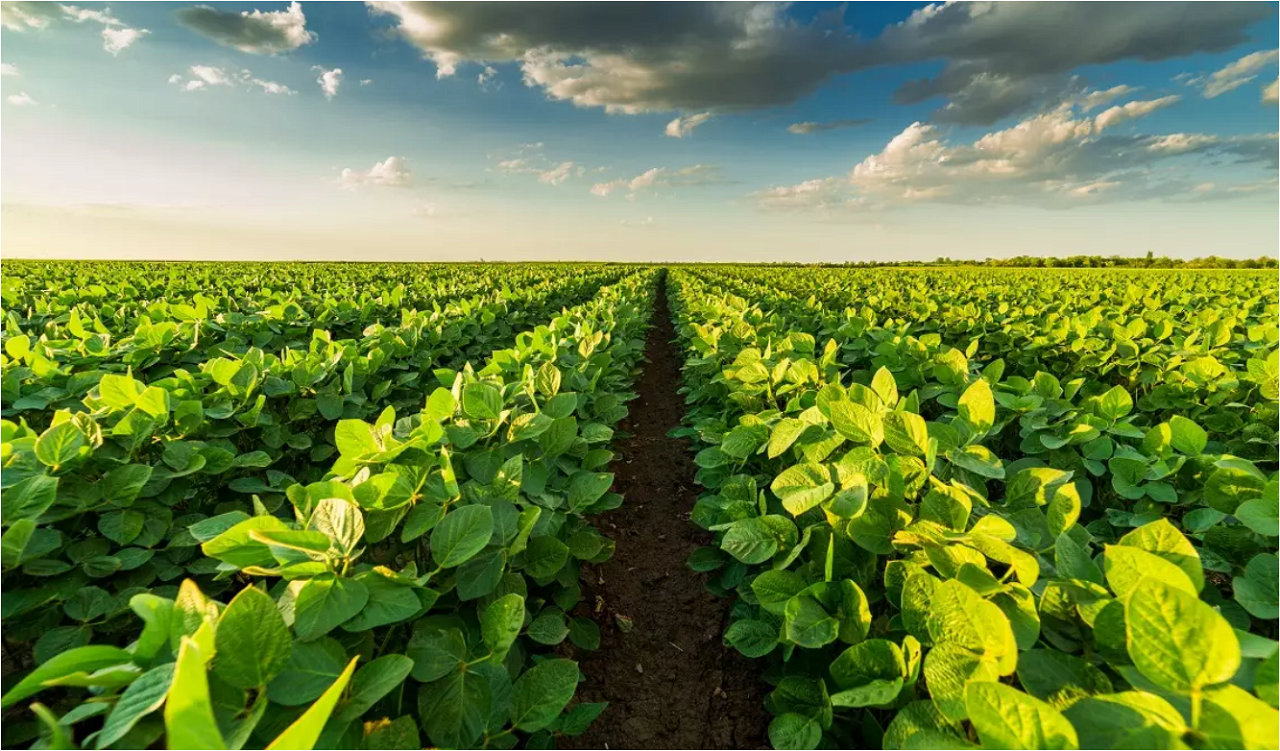
Dattatreya Doke is hoping for a windfall profit from his soybean crop. This farmer from Dokewadi in Osmanabad's Bhum taluka said that this year, in addition to the Kharif crop (sown in June-July and harvested after September), he would have another crop ready for markets by next April.
This was made possible by Doke's decision to plant a second soybean crop during the rabi season (sown in December-January and harvested after April). Doke attributes his decision to the second crop of soybeans to the state agriculture department's extension services, which encouraged him and other farmers in his area to do so.
Doke now has 42 quintals of soybean to sell as a result of the second soybean crop, at a time when wholesale market prices in Maharashtra and Madhya Pradesh, the country's two largest soybean-producing states, range between Rs 7,200-7,500/quintal. This represents a significant premium over the Minimum Support Price (MSP) of Rs 3,950/quintal.
Doke's second soybean crop, grown on one-third of his three-acre landholding, has allowed him to sell more soybeans than usual this time around. "I grew chana- the most popular rabi crop in our area- on my remaining two acres," he explained.
The government's decision to incentivize an additional crop of soybeans during the Rabi season stems from a crisis that occurred two years ago when the state reported widespread seed germination failure. The situation was so bad that the Soybean Processors Association of India (SOPA), an Indore-based soybean processor's association, estimated that around 20% of the 43 lakh hectares under crop required resowing.
There were several reasons for the germination failure, ranging from poor seed quality to incorrect sowing to insufficient soil moisture. As a result of the failure, the Aurangabad Bench of the Bombay High Court imposed strictures on the government.
This incident compelled the state agriculture department to consider ways to ensure that farmers have access to high-quality soybean seeds for the coming season. They intended to promote soybean cropping during the Rabi season. Because of the good rainfall over the last two years, groundwater levels were higher than usual, allowing farmers to implement this strategy.
The plan to sow an additional crop in Rabi served two purposes. One is to make up for any losses incurred by a farmer during the normal Kharif season. Two, even if there were no losses during the Kharif season, to supplement farmers' incomes.
Farmers' income increased in two ways, according to Dheeraj Kumar, the state's Agriculture Commissioner. At one point, farmers harvested soybeans when prices were well above the MSP. This enabled farmers to make a tidy profit — the kind Doke is after right now.
Two, the Rabi crop saves farmers from having to spend large sums of money on purchasing new seeds for the following Kharif crop. A 100 kg bag of soybean seeds currently costs Rs 10,000. For each acre of sowing, farmers typically require 20-25 kgs of such seeds.
In other words, the Rabi crop helps farmers sell at a premium while also lowering seed costs for the following season, according to Kumar. The fact that the state reported over 48,000 hectares of the crop this year- an increase of 10,000 hectares over the previous year- indicates the success of this experiment.
Doke is confident of another good harvest as he walks around his deep-green and healthy field, despite the fact that he plans to sell his harvest for nearly three times the MSP. Last year, he sold his crop for an average price of Rs 4,600/quintal, but soon after, soybean prices skyrocketed, reaching a historic high of Rs 10,000/quintal.
Most farmers, like Doke, had passed up the opportunity. Doke is determined not to miss out on the festivities this year. "It appears that history will repeat itself this year. Thanks to this extra crop, I believe I will have some produce to sell when prices reach such a high level again," he added optimistically.
















